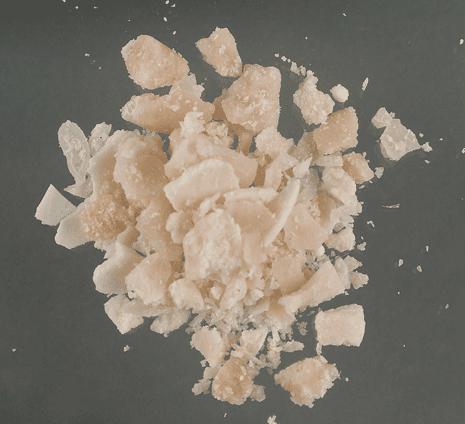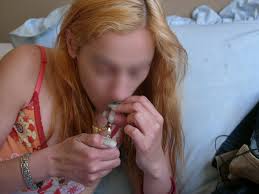Crack Addiction and Treatment
A closer look at crack:

Short-Term Effects of Crack Use
Crack can provide an intense rush of euphoria and a high that lasts about 10-15 minutes. The exact effects of crack depend on the dosage and manner of use. Some common short term effects of crack cocaine include:
- Rush of euphoria
- Elevated mood
- Increased energy/alertness
- Decreased appetite
- Feelings of grandiosity
- Dilated pupils
- Blistered lips from the heat of glass pipes
- Rapid speech
- Restlessness
- Irritability
- Anxiety
- Intense craving
- Increased risk of stroke/heart attack
Long-Term Effects of Crack Use
Extended use of crack cocaine can cause physical and psychological problems, including:
Breathing issues and lung infections
- Significant weight loss and malnourishment
- Irritability/agitation
- Anxiety
- Paranoia
- Auditory hallucinations
- Itchy skin
- Cardiovascular problems
- Gastrointestinal problems
Crack Withdrawal Symptoms
Prolonged use of crack can create dependency on the drug and individuals may experience withdrawal symptoms with discontinued use. Withdrawal symptoms can persist for one to three weeks and severity will depend on how much of the drug was used and for how long. Withdrawal usually causes more psychological discomfort than physiological discomfort, and is rarely, if ever, medically serious.
Common symptoms of withdrawal include:
- Fatigue
- Depression
- Anxiety
- Apathy
- Disorientation
- Hunger
- Mood swings
- Difficulty concentrating
- Cravings
- Tremors
- Chills
- Aches/pains
The Science Behind Crack Cocaine
When crack is smoked, it is absorbed into the bloodstream where it travels to the brain, specifically affecting the ventral tegmental area, or VTA. Crack use blocks the normal process in which dopamine is recycled back into the transmitting neuron, thus resulting in a buildup of dopamine in the synapse. This creates the euphoric feeling that crack users experience.
Treatment
Treatment of crack addiction should be comprehensive, addressing social and environmental factors, as well as possible co-occurring disorders. Treatment typically focuses on behavioral interventions, as there are currently no medications that have been proven to treat crack addiction.


 Breathing issues and lung infections
Breathing issues and lung infections